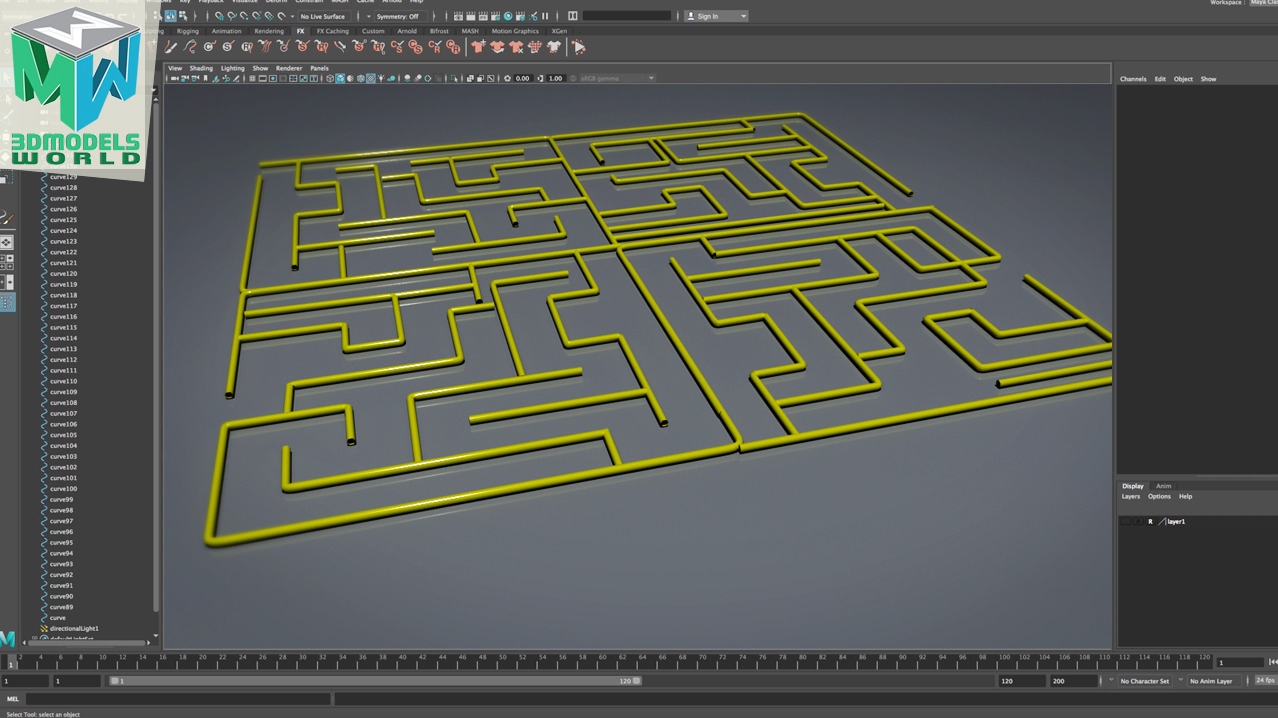

This could cut a potentially three-hour render into a quick ten-minute fix. Rather than editing and re-rendering the whole thing again and again to make a small change, you can go into your render pass on a compositing program like Nuke or Photoshop, and fix the reflectivity pass. Let’s say that you realize the reflections on your character’s helmet are a bit too exaggerated. And can be a great time-saver when it comes to the complete image. It’s like having an oil painting where the shapes, the highlights, the shadows, the base and flat colors are all separated into different images that, when combined, make the final version of the image.Ī render pass allows you to have more control over how these elements combine with each other. We will use this model for our demonstration Here’s a final render of a 3D Character by Marco Nogueira. If you are new to rendering, you might be wondering, what are render passes? What is compositing? Let’s have a proper look at that. We will take a look at some of the most basic ways of setting up your render so you can get exactly the passes you need for compositing.

We’ll separate the different passes and layers of a model to later bring into Nuke for Compositing. In this guide, we will focus on creating a set of renders from Arnold, the standard industry software for 3D rendering. Though the process is complex, it’s still something you can master with some guidance. Rendering has become a standard practice with the need for computer imagery on more and more productions. Styles vary from photorealism to a more animated feel. Rendering is the act of turning your 3D information into tangible images that can be shown on screen. You will be more familiar with every step of the work flow.Click here to learn more about InFocus Film School’s 3D Animation and Visual Effects Program The instructor will explain features of different styles, artistic quality,the hardest parts of XGen application, details sculpture, rendering and post processing in Photoshop. After the training, you will develop a more flexible way of thinking to meet different project needs.Ĭase-based training is strictly conducted throughout the work flow. Instructors will analyze the hardest parts and artistic styles and guide you through the process of styling, detail sculpting and rendering.

In this part, you will receive case-based training to create any character hairstyle you want. It is very light, so when the character moves, the wind, the humidity, or anything that surrounds it can affect its silhouette. Hair does not form a compacted shape, nor a consistent one. The overall is a set of many locks > locks are a set of strands Some drawing styles demand more effort in the detailing stage than others, but it is always necessary to take into account the standard characteristics.


 0 kommentar(er)
0 kommentar(er)
